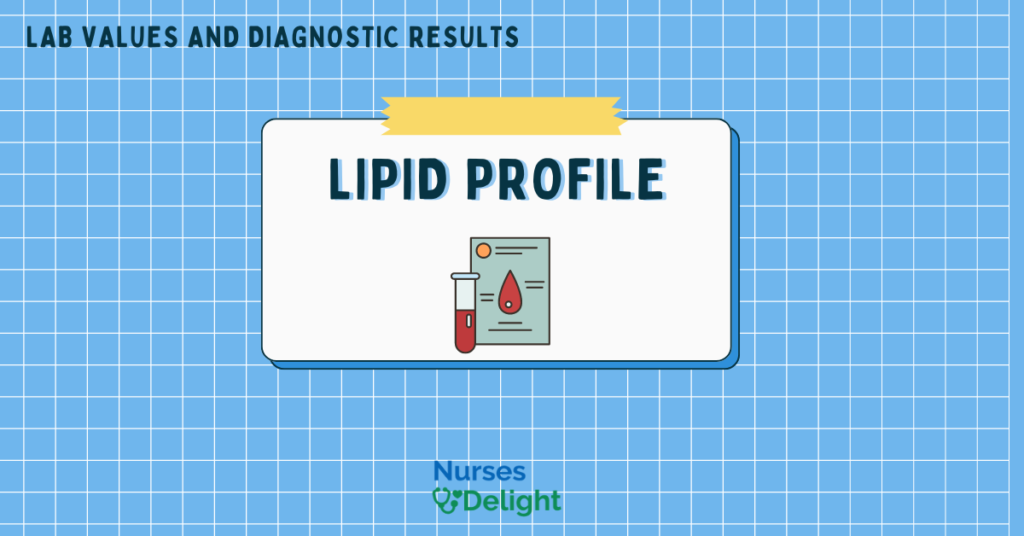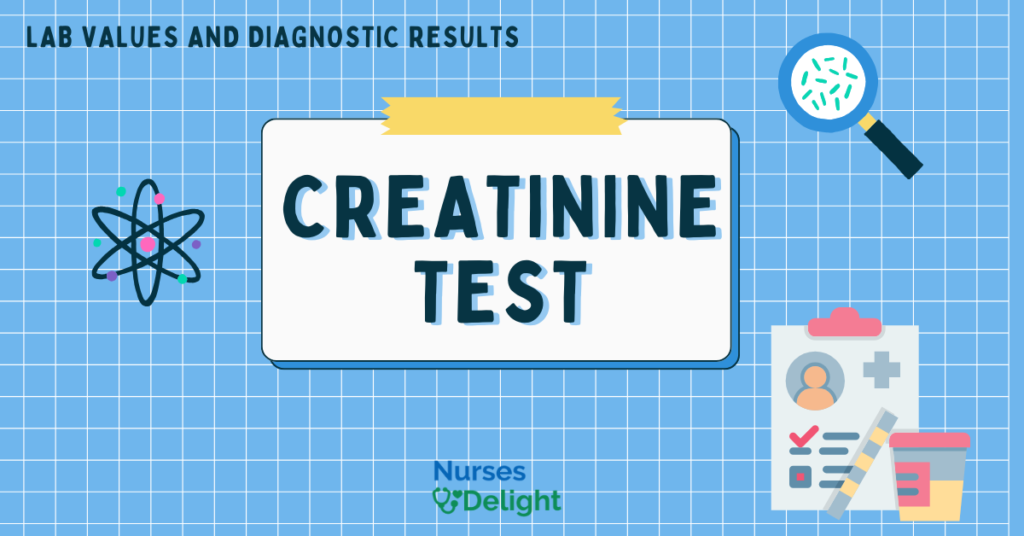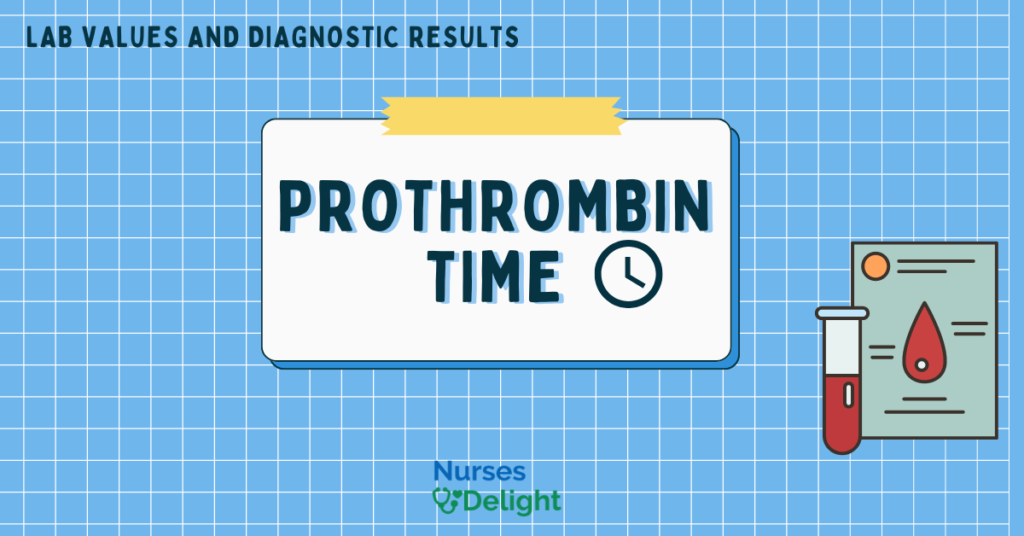The lipid profile, also called the lipid panel is a test used to measure the levels of different types of lipids (fats) in the blood. The main parameters measured in this panel include;
- Total Cholesterol: This is the total amount of cholesterol in your blood, including LDL, HDL, and VLDL.
- Low-Density Lipoprotein (LDL) Cholesterol: Often referred to as “bad” cholesterol. High levels of LDL can lead to plaque buildup in your arteries, which increases the risk of heart disease and stroke.
- High-Density Lipoprotein (HDL) Cholesterol: Known as “good” cholesterol. HDL helps remove LDL cholesterol from your bloodstream, so higher levels are generally better for heart health.
- Triglycerides: These are another type of fat in the blood. High levels can also increase the risk of heart disease and may be related to other health conditions like diabetes.
- Very Low-Density Lipoprotein (VLDL) Cholesterol: This is another type of “bad” cholesterol, similar to LDL but less commonly measured directly. It carries triglycerides in the blood.
Cholesterol is a major component of LDL that is present in all body tissues, cell membranes, brain, nerve cells, and some gallstones.
Triglycerides constitute a small part of LDLs and a major part of very-low-density lipoproteins (VLDL). Increased triglyceride levels, cholesterol levels and LDL levels put the patient at a high risk for coronary artery disease.
High LDL increases the risk and high HDL protects against the risk of coronary artery disease.
Normal Ranges
- Cholesterol < 200 mg/dL
- Triglycerides < 150 mg/dL
- HDLs: 30 to 70 mg/dL
- LDLs < 130 mg/dL
Indications
To evaluate cardiovascular issues such ascoronary artery disease. Males aged 35 years and older and females aged 45 years and older should undergo lipid profile screening. It’s usually recommended that adults get a lipid profile every 4-6 years, but the frequency can vary based on individual health conditions and risk factors.
Screening of blood cholesterol levels in children and adolescents is recommended for children in families where familial dyslipidemias and premature heart ailments has been established.
Interpretation
Normal values of triglycerides (TG) should be less than 150mg/dL. Elevated triglycerides are serum blood values being greater than 149mg/dL. Very high serum levels of triglycerides of more than 500mg/dL can cause development of acute pancreatitis.
Increased HDL Levels
Causes of increased HDL levels include;
- Familial HDL lipoproteinemia
- Extensive exercise.
Decreased HDL Levels
Causes of decreased HDL include;
- Familial low HDL
- Hypoproteinemia in malnutrition or nephrotic syndrome,
- Hepatocellular disease like cirrhosis or hepatitis,
- Metabolic syndrome.
Increased LDL and VLDL Levels
These factors can lead to increased LDL and VLDL;
- Familial hypercholesterolemia type II a
- Familial LDL lipoproteinemia
- Gammopathies like multiple myeloma
- Alcohol consumption, apoprotein CII deficiency
- Chronic liver disease,
- Cushing’s Syndrome,
- Glycogen storage diseases like von Gierke’s disease
- Hepatoma
- Hypothyroidism
- Nephrotic syndrome
Decreased LDL and VLDL Levels
- Hypoproteinemia in severe burns
- Malnutrition or malabsorption
- Familial hypolipoproteinemia
- Hyperthyroidism.
Interfering Factors
Patients who have consumed a meal rich in lipid compounds and have not fasted for 8 hours prior to venipuncture can show false positive high-triglyceride levels in the screening lipid panels. Alcoholics can show elevated triglycerides in the serum.
Nursing Implications
Pretest
- Inform the patient about why the lipid profile is being ordered (e.g., to assess cardiovascular risk, monitor lipid levels).
- Explain what the test involves, including the need for blood samples and the potential outcomes.
- Ensure the patient understands they need to fast for 9-12 hours before the test (water is usually allowed). This is to get an accurate measurement of triglycerides and total cholesterol.
- Check if the patient is on medications that could affect lipid levels (e.g., statins, hormones). Patients should not consume alcohol for 24 hours before the test.
- Review the patient’s medical history for conditions such as diabetes, hypertension, or a history of cardiovascular disease that may influence lipid levels. Note any symptoms or health concerns that could be relevant to interpreting the results.
- Answer any questions the patient might have and provide reassurance to reduce anxiety about the test.
Intra-test
- Perform venipuncture using standard aseptic techniques to collect blood samples. Ensure proper labeling and handling of samples.
- Minimize discomfort by using the smallest gauge needle appropriate and ensuring the patient is comfortable during the procedure.
- Watch for any immediate adverse reactions to the blood draw, such as fainting or excessive bleeding, and provide appropriate care if needed.
- Ensure that the blood samples are processed and sent to the lab in accordance with protocol to prevent any degradation of the sample.
Posttest
- Apply pressure to the puncture site to prevent bruising or bleeding. Advise the patient to keep the area clean and dry.
- Allow the patient to resume normal eating and drinking habits immediately after the test, unless otherwise instructed.
- Once results are available, review them with the patient and provide an explanation of what the results mean. Discuss any follow-up actions or lifestyle changes needed based on the results.
- Schedule any necessary follow-up appointments or tests as recommended by the healthcare provider.
- Provide education on diet, exercise, and other lifestyle changes that can help manage lipid levels.
- If medication is prescribed, reinforce the importance of adherence and monitor for any side effects.
- Document the test results, patient’s response to the procedure, and any instructions given.
By addressing these aspects at each stage, nurses can help ensure a smooth process for the patient and accurate results for effective management of lipid levels.
References
- Fischbach F., Dunning M. [2015] A manual of laboratory and diagnostic test. 9th Ed. Wolters Kluwer Health. Lippincott Williams & Wilkins.
- Schnell B et al. [2003] Davis’s Comprehensive Laboratory and Diagnostic Test Handbook—with Nursing Implications. F. A. Davis Company Philadelphia.
- Castellone, D. [1999] Coagulation the good, the bad and the unacceptable. Advance for Medical Laboratory Professionals.
- Cavanaugh, B. [1999] Nurses’ Manual of Laboratory and Diagnostic Tests, ed 3. FA Davis, Philadelphia.



